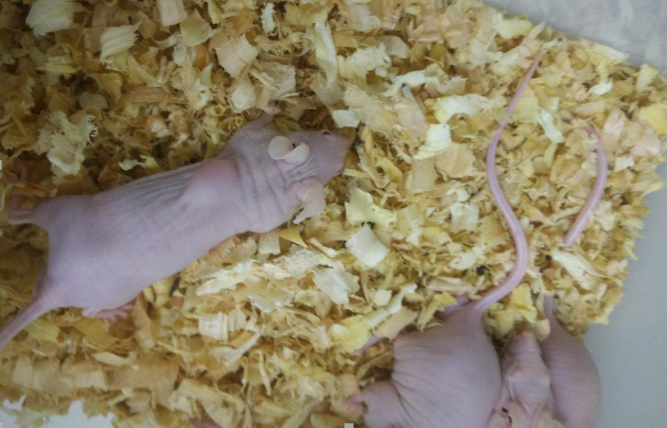Mouse Model for Tumor Transplantation (TT)
Transplanted tumors;TE-1;HepG2;HepG2-luc;SK-MES-1;LL/2-luc-M38
- Product No.DSI530Mu01
- Organism SpeciesMus musculus (Mouse) Same name, Different species.
- Prototype SpeciesHuman
- Sourceinduced by TE-1 transplanted tumor cells
- Model Animal StrainsBalb/c Nude Mice(SPF), healthy, male, age: 4~5weeks, bodyweight:15g~18g.
- Modeling GroupingRandomly divided into six group: Control group, Model group, Positive drug group and Test drug group (three doses), n=15.
- Modeling Period3W
- Modeling Method1.Collect the logarithmic growth phase of esophageal cancer cell line( TE-1), wash with PBS, a total of 5 * l07 cell suspension per milliliter, inoculated subcutaneously in nude mice subcutaneous (0.2 ml/per mice) and then feed in the SPF environment.
2. Regular observation of tumor growth in nude mice, and use vernier caliper to measure the tumor size and draw the tumor growth curve.
3. About 21 days, mice were sacrificed and the tumor tissue removed in l0% formalin fixed, paraffin embedded sections, conventional HE staining and immunohistochemical staining. - ApplicationsTE-1 transplanted tumor cells model
- Downloadn/a
- UOM Each case
- FOB
US$ 220
For more details, please contact local distributors!
Model Evaluation
1. Cancer tumor growth:
To observe the changes in tumor growth and build tumor growth curve: the size of tumor was measured 2 times per week, the tumor volume was calculated according to the formula, V=Π/6[(A+B)/2]^3 (A, B respectively for tumors of the long diameter and short diameter.
Pathological Results
2. HE staining:
The tumor cells become false palisading, oval, irregular shape, cytoplasm stained red or violet red nucleus in violet or purple red, irregularly shaped, oval, unequal in size, clear membrane, chromatin with unequal thickness and deep staining. The tumor cells were arranged densely, unequal in size, uniform distribution of patchy; tumor tissue showed visible focal necrosis, visible cell debris and debris, a small amount of inflammatory cell infiltration, tumor and normal tissue but no clear demarcation, capsule formation.
3. VEGF and CD31 immunohistochemical staining:
VEGF-C and CD31 promote angiogenesis in angiogenesis. Immunohistochemistry results showed that VEGF-C and CD31 positive cells and positive vessels were expressed in tumor tissues
Cytokines Level
4. Fluorescent quantitative PCR (Q-PCR) detection:
Take control of oesophagus and tumorigenic mouse tumor to make the Q-PCR detection, detection index: VEGF-C, Lymphatic vessel endothelial hyaluronan receptor 1(LYVE-1), GAPDH as reference.
Statistical Analysis
SPSS software is used for statistical analysis, measurement data to mean ± standard deviation (x ±s), using t test and single factor analysis of variance for group comparison, P<0.05 indicates there was a significant difference, P<0.01 indicates there are very significant differences.
GIVEAWAYS
INCREMENT SERVICES
-
 Tissue/Sections Customized Service
Tissue/Sections Customized Service
-
 Serums Customized Service
Serums Customized Service
-
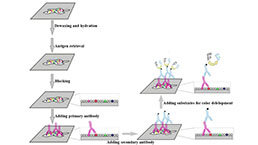 Immunohistochemistry (IHC) Experiment Service
Immunohistochemistry (IHC) Experiment Service
-
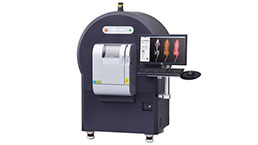 Small Animal Micro CT Imaging Experiment Service
Small Animal Micro CT Imaging Experiment Service
-
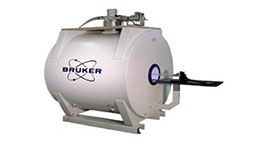 Small Animal MRI Imaging Experiment Service
Small Animal MRI Imaging Experiment Service
-
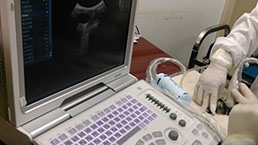 Small Animal Ultrasound Imaging Experiment Service
Small Animal Ultrasound Imaging Experiment Service
-
 Transmission Electron Microscopy (TEM) Experiment Service
Transmission Electron Microscopy (TEM) Experiment Service
-
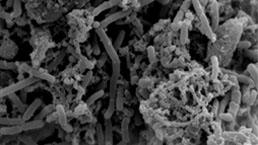 Scanning Electron Microscope (SEM) Experiment Service
Scanning Electron Microscope (SEM) Experiment Service
-
 Learning and Memory Behavioral Experiment Service
Learning and Memory Behavioral Experiment Service
-
 Anxiety and Depression Behavioral Experiment Service
Anxiety and Depression Behavioral Experiment Service
-
 Drug Addiction Behavioral Experiment Service
Drug Addiction Behavioral Experiment Service
-
 Pain Behavioral Experiment Service
Pain Behavioral Experiment Service
-
 Neuropsychiatric Disorder Behavioral Experiment Service
Neuropsychiatric Disorder Behavioral Experiment Service
-
 Fatigue Behavioral Experiment Service
Fatigue Behavioral Experiment Service
-
 Nitric Oxide Assay Kit (A012)
Nitric Oxide Assay Kit (A012)
-
 Nitric Oxide Assay Kit (A013-2)
Nitric Oxide Assay Kit (A013-2)
-
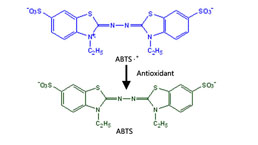 Total Anti-Oxidative Capability Assay Kit(A015-2)
Total Anti-Oxidative Capability Assay Kit(A015-2)
-
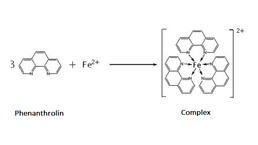 Total Anti-Oxidative Capability Assay Kit (A015-1)
Total Anti-Oxidative Capability Assay Kit (A015-1)
-
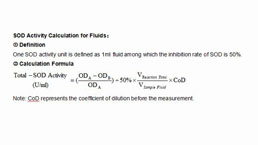 Superoxide Dismutase Assay Kit
Superoxide Dismutase Assay Kit
-
 Fructose Assay Kit (A085)
Fructose Assay Kit (A085)
-
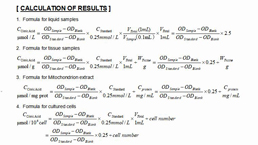 Citric Acid Assay Kit (A128 )
Citric Acid Assay Kit (A128 )
-
 Catalase Assay Kit
Catalase Assay Kit
-
 Malondialdehyde Assay Kit
Malondialdehyde Assay Kit
-
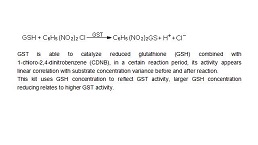 Glutathione S-Transferase Assay Kit
Glutathione S-Transferase Assay Kit
-
 Microscale Reduced Glutathione assay kit
Microscale Reduced Glutathione assay kit
-
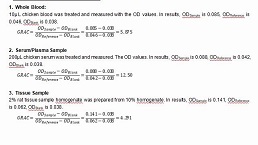 Glutathione Reductase Activity Coefficient Assay Kit
Glutathione Reductase Activity Coefficient Assay Kit
-
 Angiotensin Converting Enzyme Kit
Angiotensin Converting Enzyme Kit
-
 Glutathione Peroxidase (GSH-PX) Assay Kit
Glutathione Peroxidase (GSH-PX) Assay Kit
-
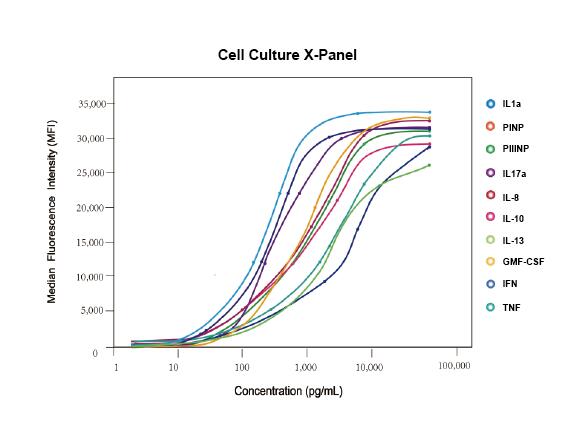 Cloud-Clone Multiplex assay kits
Cloud-Clone Multiplex assay kits
| Catalog No. | Related products for research use of Mus musculus (Mouse) Organism species | Applications (RESEARCH USE ONLY!) |
| DSI530Mu01 | Mouse Model for Tumor Transplantation (TT) | TE-1 transplanted tumor cells model |
| DSI530Mu02 | Mouse Model for Tumor Transplantation (TT) | Disease Model for HepG2-luc in situ tumor formation |
| DSI530Mu03 | Mouse Model for Tumor Transplantation (TT) | Tumor metastasis disease model |
| DSI530Mu04 | Mouse Model for Tumor Transplantation (TT) | Disease Model |
| DSI530Mu05 | Mouse Model for Tumor Transplantation (TT) | Disease Model |
| DSI530Mu06 | Mouse Model for Tumor Transplantation (TT) | n/a |
| DSI530Mu07 | Mouse Model for Tumor Transplantation (TT) | n/a |
| DSI530Mu08 | Mouse Model for Tumor Transplantation (TT) | n/a |



